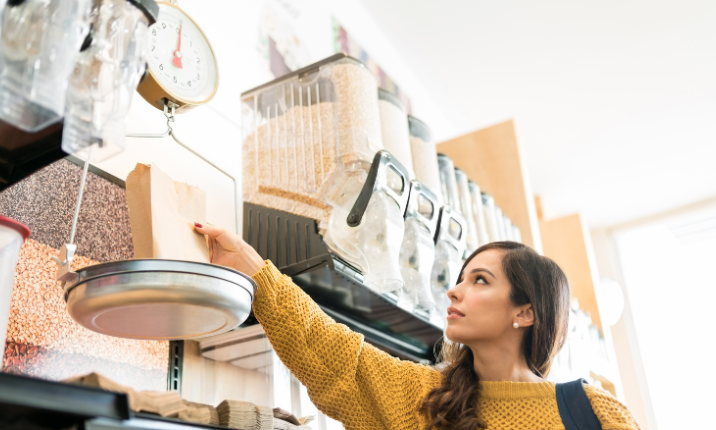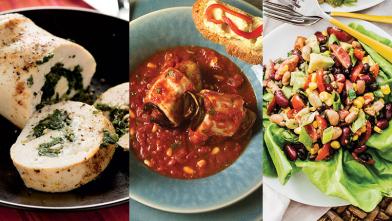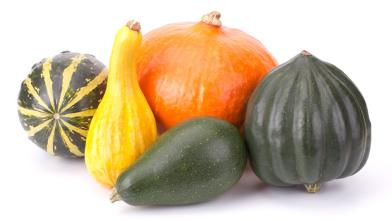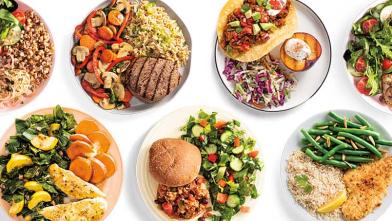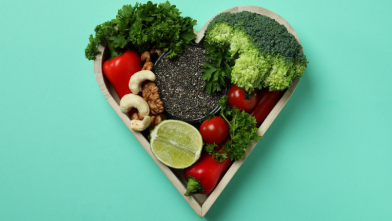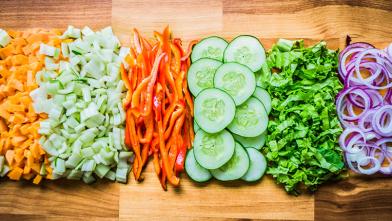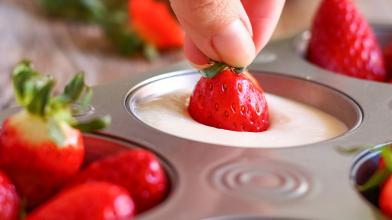Here are some tips for buying food in bulk:
- Choose items that are shelf stable and fit your eating plan.
- Label and date the items you repackage and store.
- Keep an eye out for coupons or BOGO (buy one get one) sales.
You can use this bulk-buying grocery guide for some diabetes-friendly picks.
Diabetes-Friendly Pantry Items
Whole Grains:
Whole grains like brown rice, farro, and oats—and whole grain foods, like whole-wheat pasta—can lead to a slower rise in blood glucose (blood sugar) levels after meals than highly-processed options.
- Store in an airtight storage container up to a year.
Whole Grain, Nut, and Pulse Flours:
Whole-wheat flour, almond flour, and chickpea flour offer fiber and flavor and can often be used in place of all-purpose flour.
- Store in large jars or air-tight flour canisters up to six months. (Or freeze up to two years!)
Legumes:
Beans, lentils, and chickpeas are nutrient-packed and offer a filling duo of plant protein and soluble fiber. If you are using them instead of white flour, make sure you check the recipe for appropriateness as they may change the texture and nutrition content of your recipe.
- Store dried legumes n jars up to two years.
- Store canned legumes up to five years or use by “best by” date.
Canned and Jarred Tomato Products:
Crushed or diced tomatoes, marinara sauce, and other tomato products provide flavor to meals and health-protective lycopene to your body. Try to choose low-sodium or no-added-salt versions.
- Ideally purchase sizes where you’ll use the entire contents at once.
- Store in original cans, jars, or cartons up to 18 months or use by “best by” date.
Canned Fish:
Canned tuna, salmon, and sardines are rich in heart-friendly omega-3 fatty acids.
- Store in original cans up to five years or use by “best by” date.
- Try to choose canned fish in water instead of oil.
Dried Herbs and Spices:
Pick your favorites—and remember some spices like cinnamon, turmeric, and ginger may offer potential bonus benefits for managing blood glucose.
- For the best flavor, potency, and color, store ground or powdered spices in their original jars (not near the hot stove!) typically up to two years or use by “best by” date
- Ideally choose whole or unground spices—which typically last up to four years—and grind as needed.
Low-Sodium Vegetable Broth:
Broth is a nourishing (and flavorful!) cooking liquid for veggie-filled soups and whole grain-based sides or salads. Try to choose low-sodium or no-added-salt broth.
- Store in original aseptic cartons or cans up to 18 months or use by “best by” date.
Diabetes-Friendly Freezer Items
Frozen Non-Starchy Vegetables:
Frozen non-starchy veggies add color to meals and are nutrient-rich and lower in carbs than starchy vegetables. Many come ready to steam in the bag, which makes them quick and easy to prepare, especially when following the Diabetes Plate Method. Choose options like broccoli, cauliflower, and Brussels sprouts and avoid options with sauces, which typically contain added salt and added sugars
- Once open, store unused frozen veggies in silicone containers up to a year.
Frozen Berries:
Berries are packed with antioxidants and fiber, and can be enjoyed all year. Plus, they are great for using in a diabetes-friendly smoothie! A diabetes friendly portion of frozen berries is ¾ to 1 cup.
- Once open, store unused frozen berries in silicone containers up to a year.
Nuts and Seeds:
Nuts, including almonds, walnuts, pecans, pistachios, and peanuts, and seeds, including chia and flax seeds, make a great snack in proper portions and can be added to salads to enhance texture and flavor. They provide heart- healthy fats, protein, and fiber while helping to stabilize blood glucose levels.
- Freeze in jars up to two years (timing varies)—or chill in fridge up to a year.
- In-shell nuts stay fresh longer than shelled nuts.
Tempeh:
Tempeh is made from whole soybeans, offering health-promoting antioxidants and essential protein your body needs.
- Freeze unopened in original packaging up to a year.
- If storing in your fridge, use by “best by” date.
Poultry:
For the most health benefits, go lean by choosing skinless chicken and turkey, especially the breast cut.
You can use a vacuum-sealer or double wrap cuts of meat with freezer paper, plastic wrap, aluminum foil, or airtight freezer bags.
- You can also try unbleached parchment paper then foil and store up to a year for whole poultry or nine months for pieces.
- Ground poultry freezes well up to four months.
For ideas on how to use your bulk-purchased food items, be sure to register for the Diabetes Food Hub e-newsletter for monthly recipes, tips, and more!
